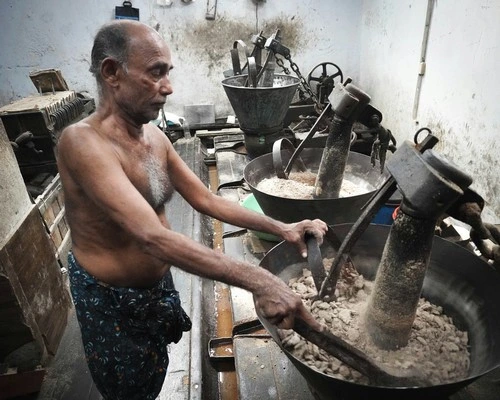Table of Contents
- Origins of Serfdom
- Characteristics of Serfdom
- Social Structure and the Role of Serfs
- Decline of Serfdom
- Legacy of Serfdom
- Conclusion
Serfdom was a significant institution in European medieval societies and beyond, playing a crucial role in shaping economic, social, and political structures. It is often understood as a system of unfree labor, where peasants, known as serfs, were bound to the land owned by a lord and were obligated to perform labor or provide services in exchange for protection and the right to work on the land. While serfdom is often associated with the medieval period, it persisted in various forms well into the modern era in different regions, including Eastern Europe and Russia.
Understanding serfdom is essential to grasping the broader mechanisms of social stratification, economic production, and the dynamics of power during feudalism. In this article, we will explore the origins, characteristics, and social implications of serfdom, as well as its eventual decline and legacy in modern society.
Origins of Serfdom
Serfdom emerged as a result of the socio-political and economic conditions that developed in the aftermath of the fall of the Roman Empire in the 5th century. As central authority collapsed in Western Europe, the need for local security and stability became paramount. Large landowners, often former Roman elites or barbarian warlords, began to consolidate their power by offering protection to peasants in exchange for labor. This arrangement was mutually beneficial in the short term, as it provided security for peasants and a labor force for landowners.
Over time, these informal arrangements evolved into more rigid systems of dependency. By the 9th and 10th centuries, the feudal system, with its distinct hierarchies of lords, vassals, and serfs, was well established. The legal status of serfs became codified, and their obligations to the land and the lord were institutionalized. Unlike slaves, serfs were not considered the personal property of their lords, but they were bound to the land they worked. This meant that they could not leave the estate without the lord’s permission, and any land they worked was not theirs to own or sell.
Characteristics of Serfdom
Serfdom was marked by a series of obligations that serfs had to their lords. These obligations typically fell into three main categories: labor, rent, and legal duties.
Labor Obligations
Serfs were required to provide labor on the lord’s demesne, the portion of the estate directly controlled by the lord. This often involved working the fields, maintaining infrastructure, or performing other tasks necessary for the upkeep of the estate. The amount of labor required could vary depending on the region and the specific lord’s demands, but it was typically a significant portion of the serf’s time, leaving them limited opportunities to work their own plots of land.
Rent and Tribute
In addition to labor, serfs were often required to pay rent or tribute to their lords. This could be in the form of a portion of their harvest, livestock, or other goods produced on their land. These payments were not voluntary and were considered part of the serf’s obligation in exchange for the use of the land. While this system allowed serfs to sustain themselves and their families, it also meant that they were heavily dependent on the lord for their survival, creating a form of economic subjugation.
Legal Obligations
Serfs were subject to the lord’s legal authority and were required to follow his judgments in local disputes and conflicts. Lords often held manorial courts, where they would act as both judge and jury over their serfs. These courts regulated various aspects of village life, from disputes over land to issues of inheritance. The legal restrictions on serfs also extended to their personal lives. For example, serfs needed permission from the lord to marry, and any children born to a serf were also considered bound to the land.
Social Structure and the Role of Serfs
In the feudal social structure, serfs occupied the lowest rung. Above them were the free peasants, knights, vassals, and lords, each with their own set of rights and responsibilities. The rigid hierarchical nature of feudalism was maintained by a reciprocal system of obligations, with lords owing protection and justice to their serfs in return for labor and loyalty. This system reinforced a stable, yet unequal, social order.
However, serfs were not entirely powerless. While they were legally unfree and economically dependent, they did have some rights within the manorial system. For instance, serfs had the right to work the land and retain a portion of the produce for their own use. This right was often hereditary, meaning that serf families could pass down their plots of land to their children, even if they did not own the land outright. Furthermore, serfs could, in some cases, buy their freedom or escape to towns where they could live as free people, provided they stayed away from the lord’s lands for a specified period.
Serfdom also played a critical role in shaping community life. Villages often formed tight-knit communities centered around the manor. Serfs worked together in cooperative agricultural practices, and local customs and traditions developed within these communities. The local church was often a central institution, offering religious guidance and social support. Despite the hardships of serfdom, these communal bonds provided serfs with a sense of identity and belonging.
Decline of Serfdom
Get the full article AD FREE. Join now for full access to all premium articles.
View Plans & Subscribe Already a member? Log in.





